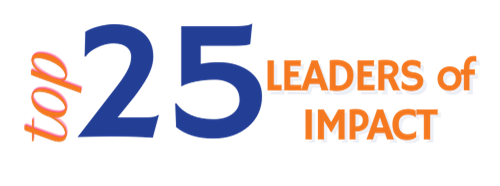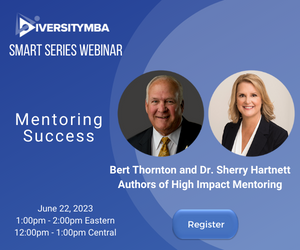 I’m thinking about disruptive inclusion as it relates to talent acquisition. Quite frankly, I am talking about reworking our approach to how we look at recruiting, which inherently requires rethinking the whole damn thing.
I’m thinking about disruptive inclusion as it relates to talent acquisition. Quite frankly, I am talking about reworking our approach to how we look at recruiting, which inherently requires rethinking the whole damn thing.
Basically, what worked for decades just doesn’t work today. So people get a GRIP. When you think about affirmative action, and its requirements to provide access and opportunity to women and people of color (not quotas), we’ve done a good job. The reality is that companies took a different approach in terms of how they engaged non Hispanic white women, to ensure they were positioned, developed and advanced.
But when you look at the dimensions of diversity, and women of color specifically, they have missed the target.
Targeted identity groups include persons with disabilities, veterans and LGBTQ. Traditional processes and methods are so embedded in daily routines, that even with the new tools, minimal progress is being made that says, “Hey, lets retool the way we gauge and stratify recruiting activities by leveraging social media” (since we’re not even doing that right or well).
So, the paradigm that has to shift is that we need to recognize that it’s not working. And it’s not working because everyone, and I mean literally everyone, has the same challenge of having a majority of non-Hispanic white males and white females do the recruiting, with a very myopic lens that is based on their experience, embedded with their bias.
Whether its right or wrong, they are still going to hire what is safe and comfortable for them. We need to figure out: how do we get beyond the status quo? How do we get beyond folks feeling comfortable and only wanting to hire people that look and feel like them?
What am I saying here? Rethink it, rework it and put yourself in an uncomfortable position to do something differently when sourcing talent.
How do we do it? How do we get this done? Well, there are some best practice companies that are doing the work. They are attempting to diversify the lens of their existing recruiting team by specifically having them focus on specialized diversity recruiting techniques. They intently pay attention to how they source, what relationships they build and the impact of those relationships. They are also looking at how they build relationships at college campuses, and with local professional organizations. They measure how deep those impacts are, and they know the return on investment.
We are seeing some drilling down on each dimension of diversity recruiting. Companies are beginning to feel more comfortable with going to campuses and working with students with disabilities, for example. About 9 percent of companies are doing this and, even though the percentage is low, the good news is that the effort is being recognized.
While companies are building relationships with LGBTQ-oriented communities and organizations, they just aren’t managing them well. They don’t know who is hiring them, and they aren’t building trusted environments for the on-boarding so no disclosure is occurring. This dimension continues to be a very slow process to integrate.
Companies are having the most success with veteran recruiting and retention, which is great news. Veteran recruiting is up 40 percent and retention is up 60 percent from 2015 based on DMBA inclusive leadership index.
So then you look at the traditional diverse professional organizations, where the left hand doesn’t know what the right hand is doing. Companies are still continuing to go to these organizations, as they should, but the recruiting efforts are not returning the impact on the investment, thus the investment is declining more and more. Of course, the organizations are trying their best to change it, but you still have 80 percent of these companies going to these organizations and doing professional recruiting and hiring less than 5 percent.
REWORK it…RETHINK it…..the paradigm is shifting so change with it.
A pretty broad mix of recruiters are doing the hiring, both generationally and by ethnicity. Companies are attempting to enhance their training by providing cultural competency, and unconscious bias training for recruiters but, holistically, these are activities that are transactional at best.
Are there real strategies in place to broaden the lens of recruiters and to ensure they are properly prepared to source equitably? Probably not, and, if so, very few. But there is a lot of conversation about it. The blinders will continue to be there, until systems begin to breakdown.
The good news is that there are best practice companies out there who are saying “We’re not afraid to break it down; let’s get it done.” Ask yourself – what will it take for your company to get it done?









